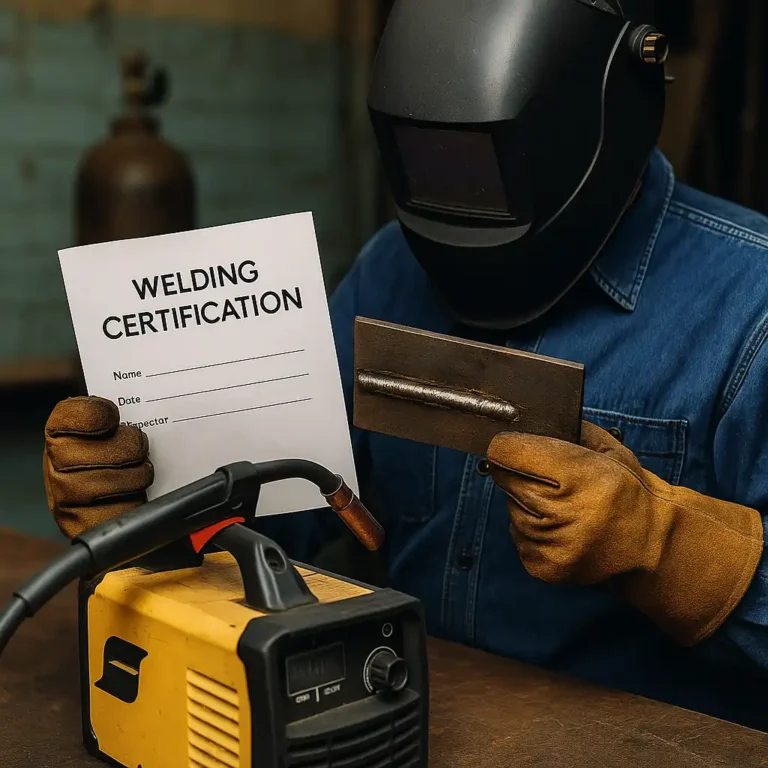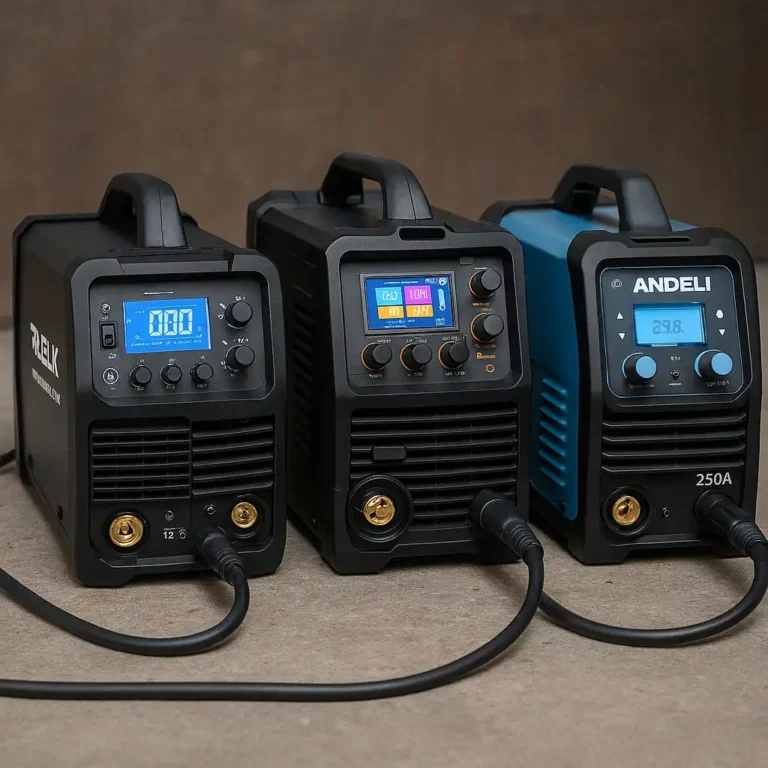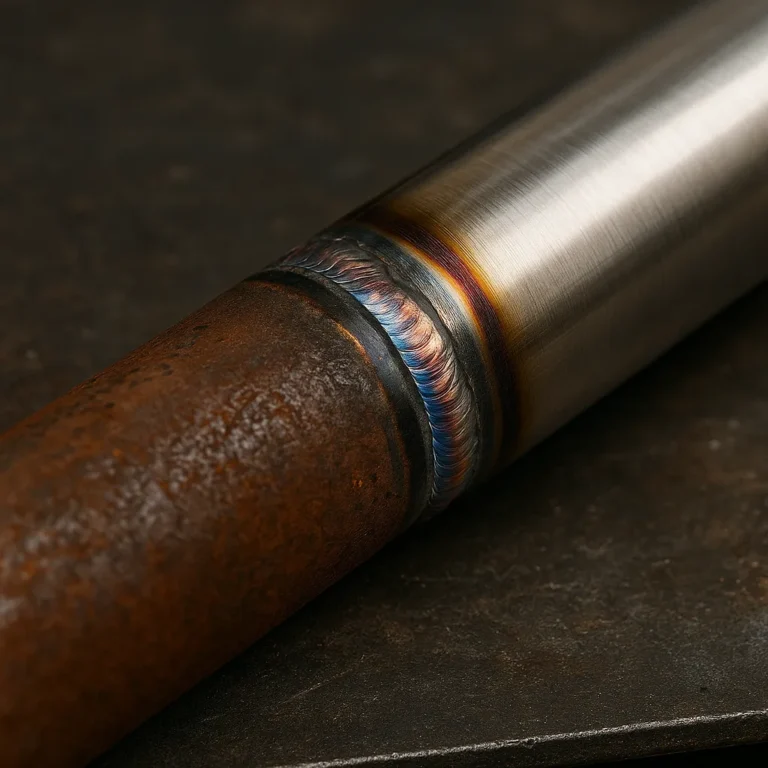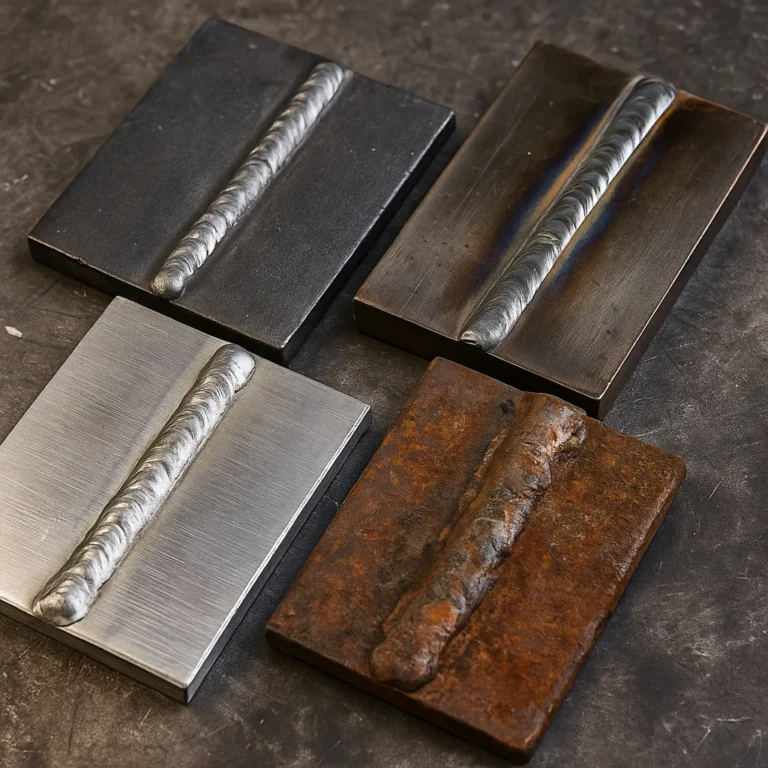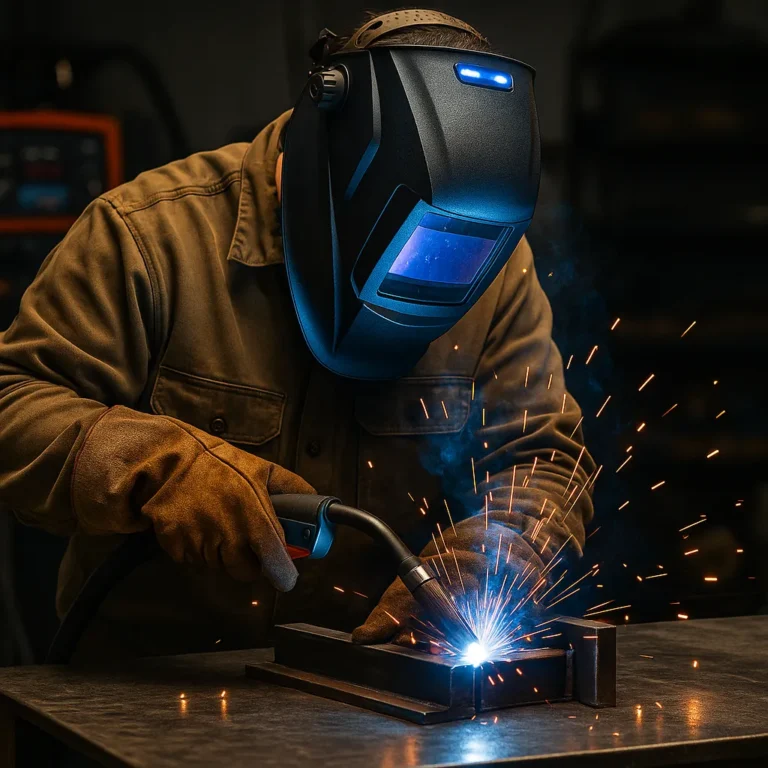Are Welding Gloves Electrically Insulated for Safety and Protection

Welding gloves are essential pieces of safety equipment, offering critical protection against heat, sparks, and mechanical hazards. A common question among welders, especially beginners, is whether welding gloves are electrically insulated. Understanding this feature is important for both safety and selecting the right gloves for the job. In this article, we will dive deep into the electrical insulating properties of welding gloves, how they work, and what limitations they may have.
Understanding Electrical Insulation in Welding Gloves
Electrical insulation refers to the ability of a material to resist the flow of electric current. Welding gloves are primarily made from materials like leather, which naturally offers a certain degree of resistance to electricity. However, welding gloves are not classified as high-voltage electrical gloves like those used by electricians. Their insulation is designed mainly to protect against incidental contact with electricity under typical welding conditions, rather than from direct exposure to high-voltage circuits.
Materials That Contribute to Insulation
Most welding gloves are made from cowhide, goatskin, deerskin, or pigskin. Leather, being an organic material, has low conductivity compared to metals and synthetic fibers. The thickness and treatment of the leather add to its insulating properties. Many gloves also include a lining, such as Kevlar or cotton, which can further enhance thermal and limited electrical insulation. However, if the gloves are wet, oily, or excessively worn, their insulating capability diminishes significantly.
Limits of Electrical Protection
While welding gloves provide some protection against electrical shock, they are not rated or tested to protect against intentional or accidental exposure to live circuits, especially high-voltage ones. They are meant to handle the incidental contact that might happen while welding with machines designed for that purpose. For tasks involving live electrical components or energized work, specially rated insulating gloves compliant with OSHA and ASTM standards are required.
How to Maximize Safety with Welding Gloves
To ensure maximum protection, welders should inspect their gloves regularly for wear, holes, or thinning material, all of which compromise both thermal and electrical resistance. Keeping gloves clean and dry is also essential because moisture dramatically increases conductivity. When welding near electrical sources, combining gloves with other safety practices, such as grounding and using insulated tools, helps reduce the risk of electrical shock.
Conclusion
Welding gloves offer a degree of electrical insulation primarily through their leather construction and internal linings, making them suitable for general welding work. However, they are not substitutes for certified electrical insulating gloves when working directly with live circuits. Understanding the strengths and limitations of welding gloves can help welders stay safe and choose the right protection for each task.

